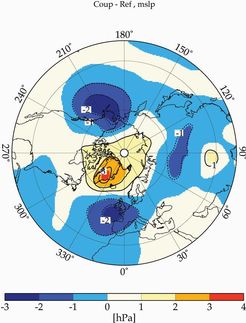High-throughput process for the optimization of crystallization conditions for proteins
Advertisement
The spatial structure of a protein is critical to its function and is therefore of special interest to bioscientists. The difficulty is this: in order to determine the structure by X-ray structural analysis, a crystal is required. Many proteins are difficult to crystallize, requiring the use of precipitation agents or other additives. Many complex experiments are needed to work out the optimal crystallization conditions for each protein. Chicago researchers led by Rustem F. Ismagilov have now successfully used a new microscale method for growing protein crystals within tiny drops. This allows for quick and easy determination of the best parameters.
The technique is based on a thumbnail-sized plastic chip with a system of very fine channels. The first side channel contains an aqueous solution of the protein, the second contains the precipitation agent, and a third contains a buffer solution and other additives. These three side channels join the main channel, through which a special oil is flowing, in the same place. When the solutions in the side channels are pushed through slowly, tiny drops form at the place where the channels join together. These drops of only a few nanoliters contain all three components. They are carried along by the flowing oil and end up in a long, fine, glass capillary. The composition of the drops can be varied by changing the rate of flow in each of the individual side channels. When the capillary is full of tightly packed drops, separated from each other by the oil phase, it is removed from the chip, sealed, and cooled. The protein crystallizes out in drops that have the right ratio of concentrations. To speed up the crystallization, the drops can also be concentrated in a controlled fashion. A second system of side-channels generates a drop that contains only an aqueous salt solution. The two types of drops are then pushed into the oil in an alternating fashion. The trick is this: the concentration of salt in the "salty drops" is higher than in the protein-containing drops. Osmotic pressure thus causes water molecules to slowly drift through the oil from the drops of low salt content to those of higher salt concentration. The protein-containing drops thus shrink-causing their protein concentration to rise.
Because it is possible to X-ray the crystals directly in the capillary, it is even possible to forage through the filled capillary for crystals of sufficiently high quality for structural analysis. This eliminates the danger of damaging the sensitive structures when transferring them to a second support. It is then possible to use the optimal conditions identified by this method to grow bigger protein crystals for structural determination.

































































